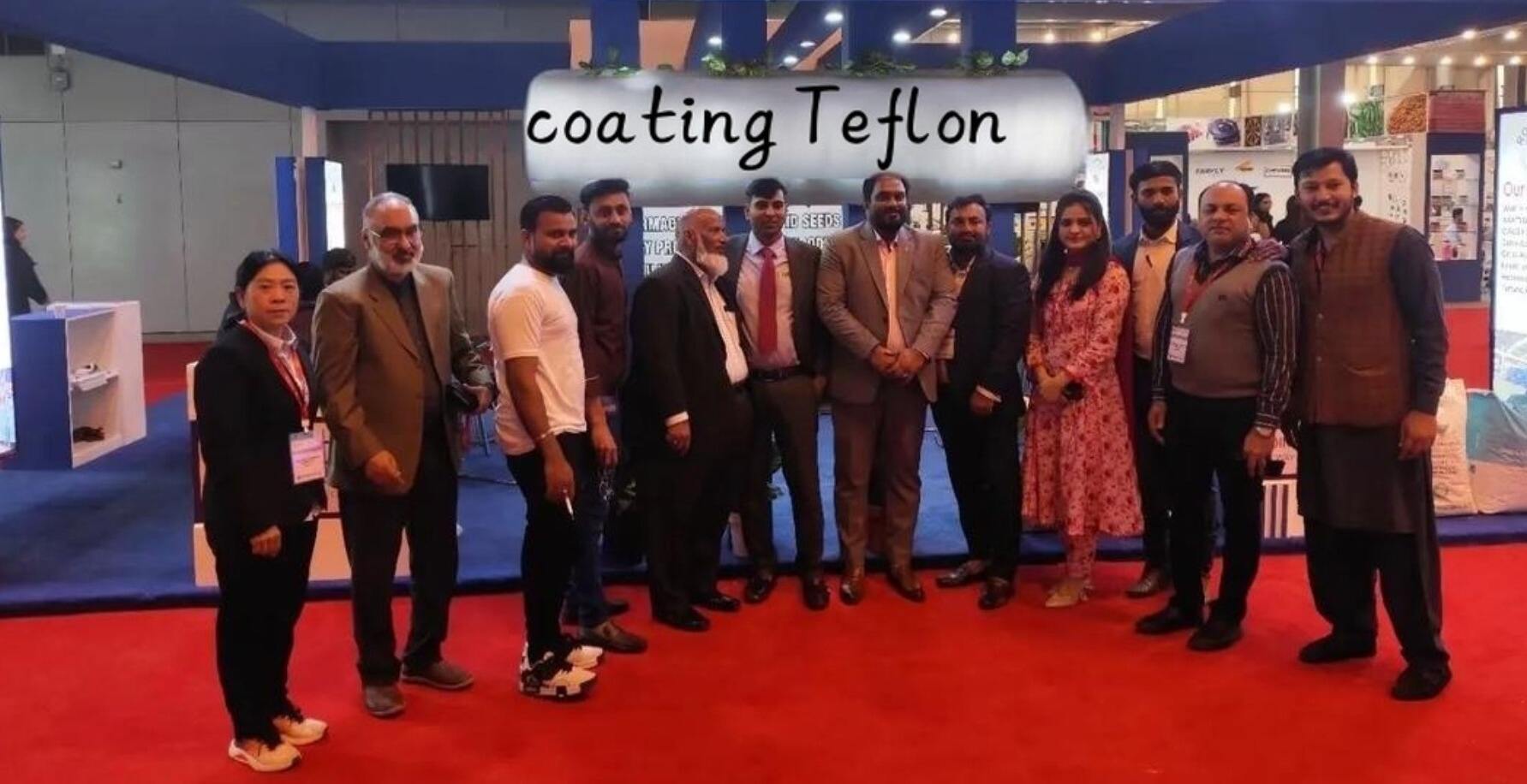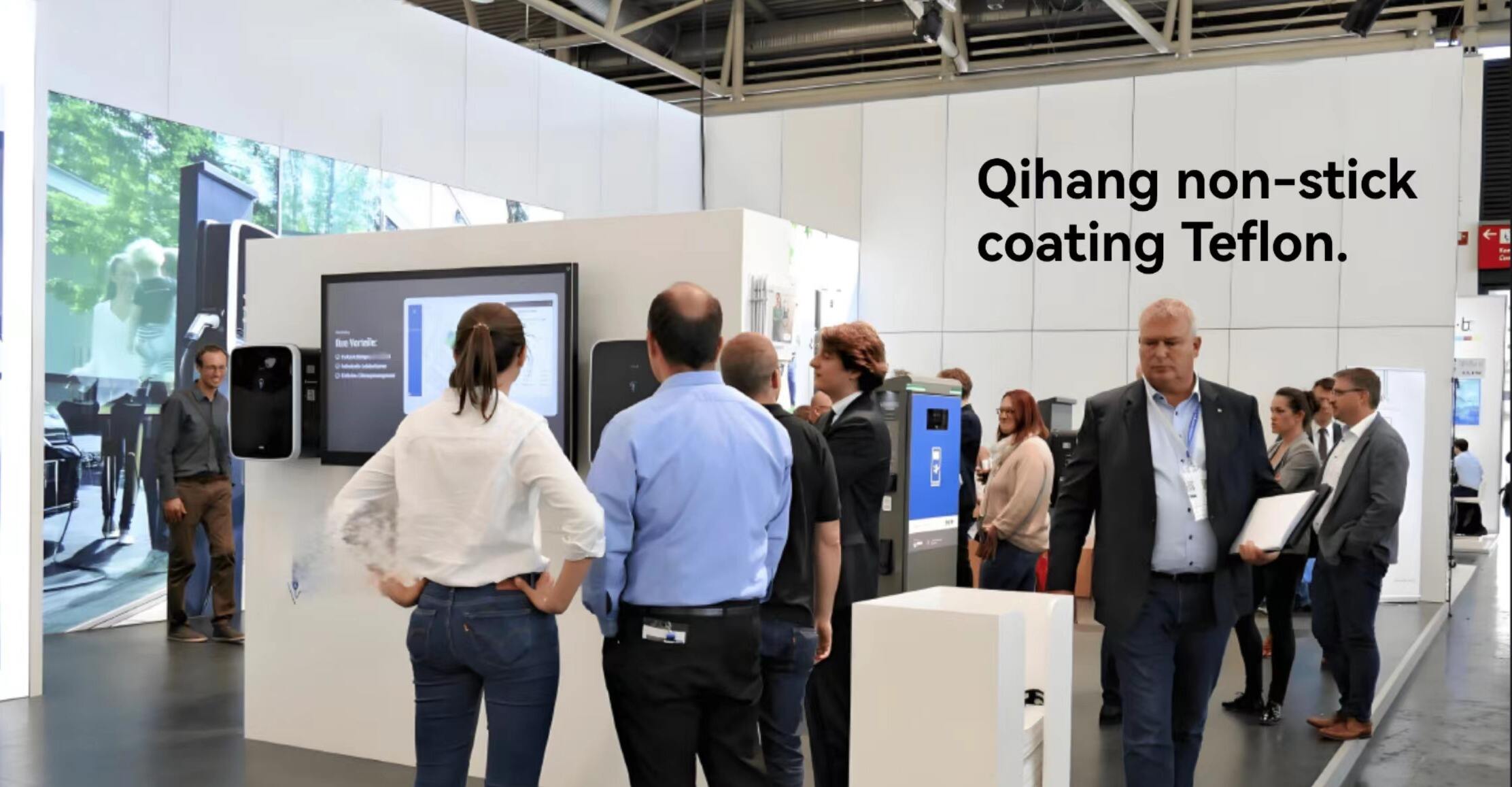Feb 05,2025
一、 Dispersed coating
The processing method of dispersed coating is a wet process in which the coating material is uniformly distributed in a solvent to form a dispersed liquid, and solid substances are mixed in the liquid. This mixture is atomized by high-pressure air and sprayed onto the surface of the workpiece.
The processing steps of dispersed coating are divided into the following steps:
1. Preparation of workpieces
2. Wet dispersion coating spraying
3. Dry
4. Sintering
Preparation of workpieces
In order to obtain sufficient surface adhesion on the surface of the workpiece, all grease on the surface to be coated must be removed first. We use organic solvents to dissolve the oil and heat it to about 400 ° C to completely evaporate it. The next step is to use sandblasting to clean the workpiece mechanically and roughen its surface. The bonding ability between the coating and the surface of the workpiece can be improved by applying adhesive agents and primers.
Wet dispersion coating spraying
The spray coating material must be uniform and consistent. Does the thickness of the coating depend on the coating system used? The variation in coating thickness may range from a few micrometers to 200 micrometers to 0.2 millimeters.
Dry
Heat the wet coating in the oven and control the temperature below 100 ° C? Until most of the solvent has evaporated.
Sinter
The sintering step is to heat the workpiece to a higher temperature until an irreversible reaction occurs in the coating material
Melt
Form a network structure with adhesive agents.
二、Powder coating
Is the method of powder coating processing a dry process? The coating material used here is in the form of extremely fine solid particles. The use of this coating method avoids the use of solvents and the divergence phenomenon that occurs during subsequent coating adhesion. The processing adopts appropriate methods to attach micro powder coating particles to the workpiece, and then the coated micro powder is melted in an oven.
The processing steps of powder coating are divided into the following steps in the program:
1. Preparation of workpieces
2. Powder spraying
3. Powder melting
Preparation of workpieces
In order to obtain sufficient surface adhesion on the surface of the workpiece, all grease on the surface to be coated must be removed first. We use organic solvents to dissolve the oil and heat it to about 400 ° C to completely evaporate it. The next step is to use sandblasting to clean the workpiece mechanically and make its surface rough. The bonding ability between the coating and the surface of the workpiece can be improved by applying adhesive primer.
Powder spraying
Are powdered particles blown out of the trap by compressed air? On its way to the spray gun nozzle? There is an area with static electricity. Because the particles have the same charge, they repel each other on their flight path and form a uniform cloud spray. The workpiece to be sprayed is grounded, creating a static area between the spray gun and the workpiece. Powdered particles are attracted to the workpiece and adhere to it.
Powder melting
There are fundamental differences between high-temperature spraying and low-temperature spraying in coating technology. If high-temperature spraying is used, the temperature of the substrate should be higher than the melting temperature of the powder material, and the powder particles should be coated on it, so that the micro powder has already melted during the spraying process. Low temperature spraying is a processing method where the substrate temperature is lower than the melting temperature of the powder material. Subsequently, it is melted in an oven.

